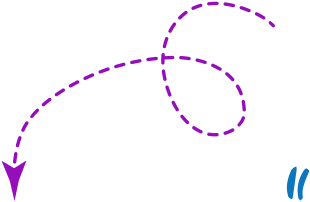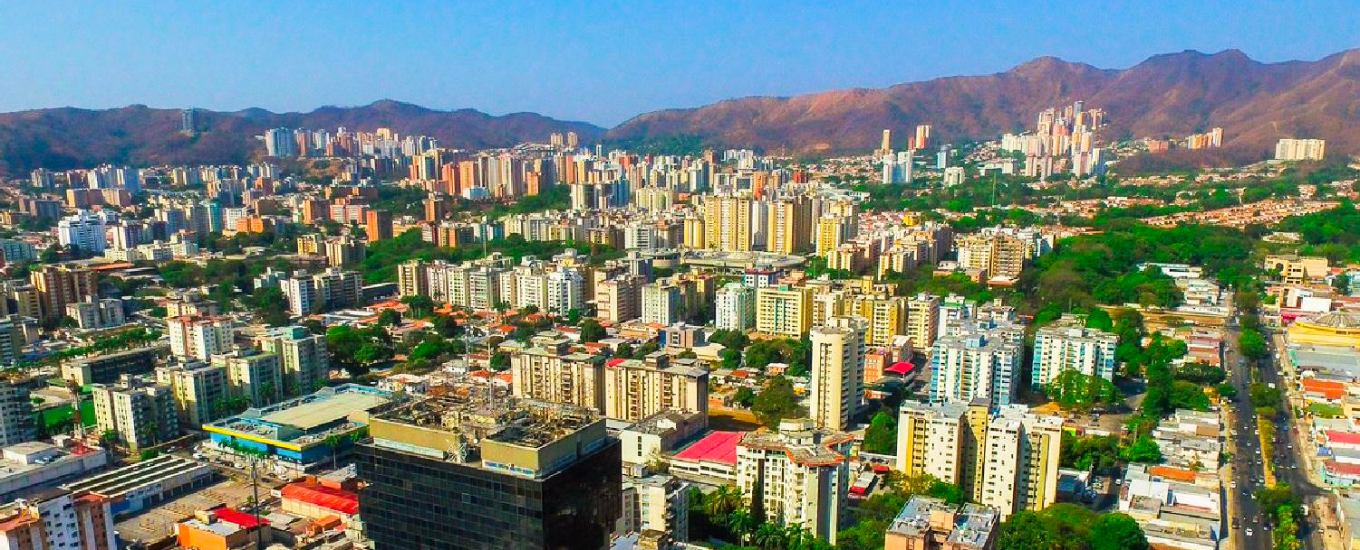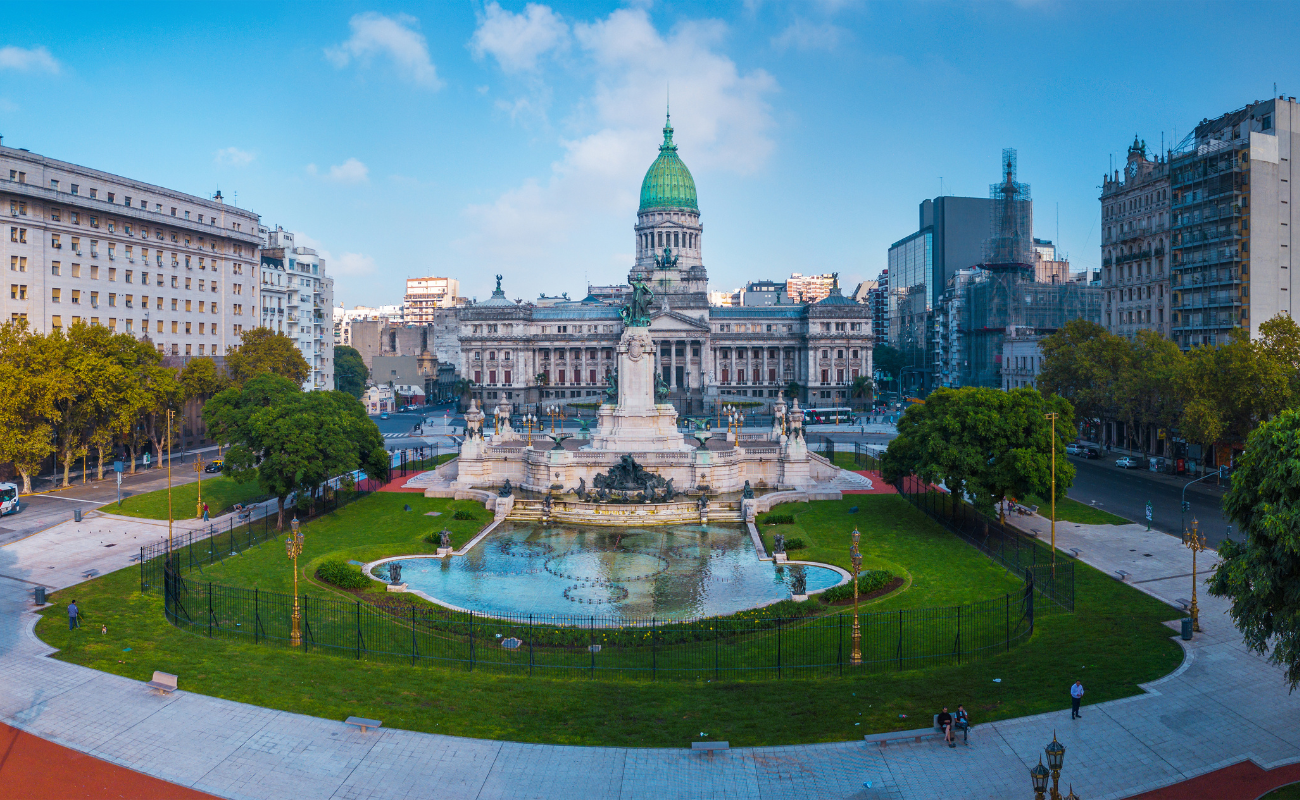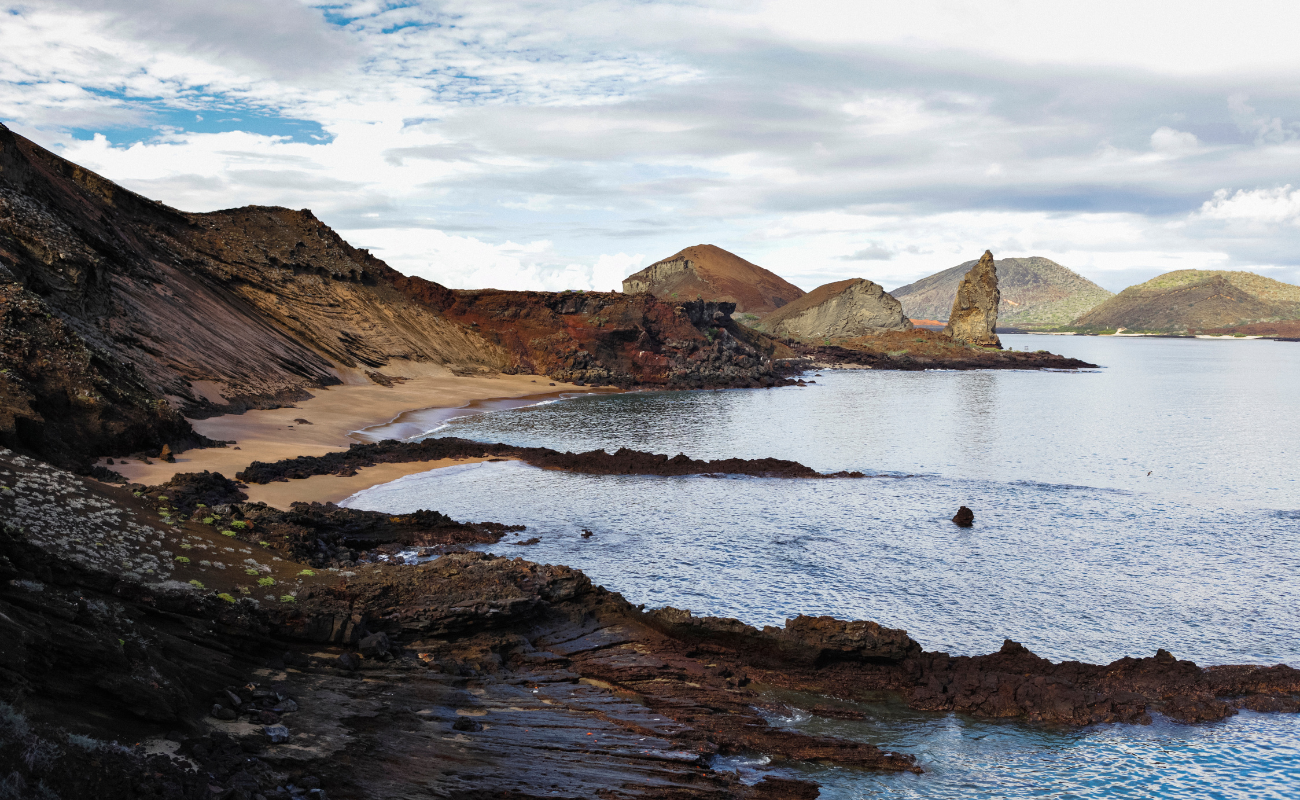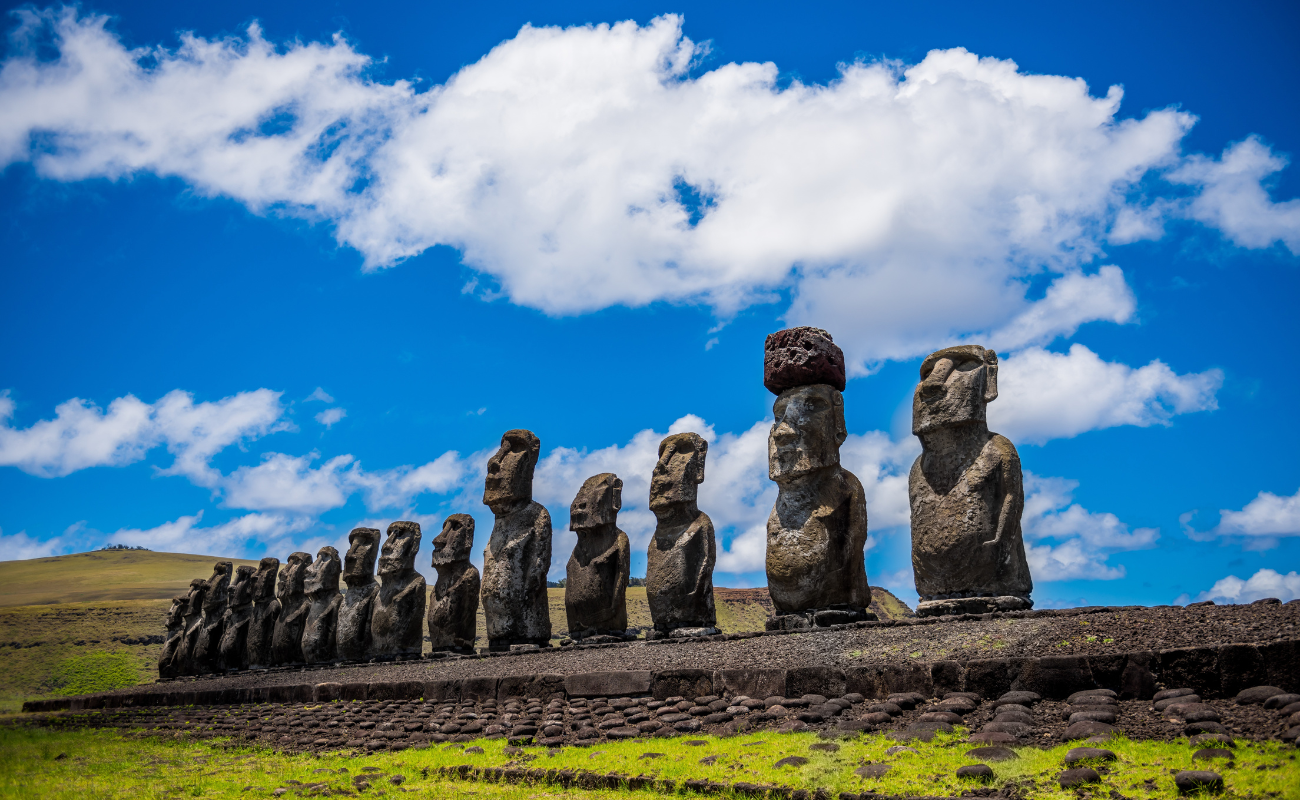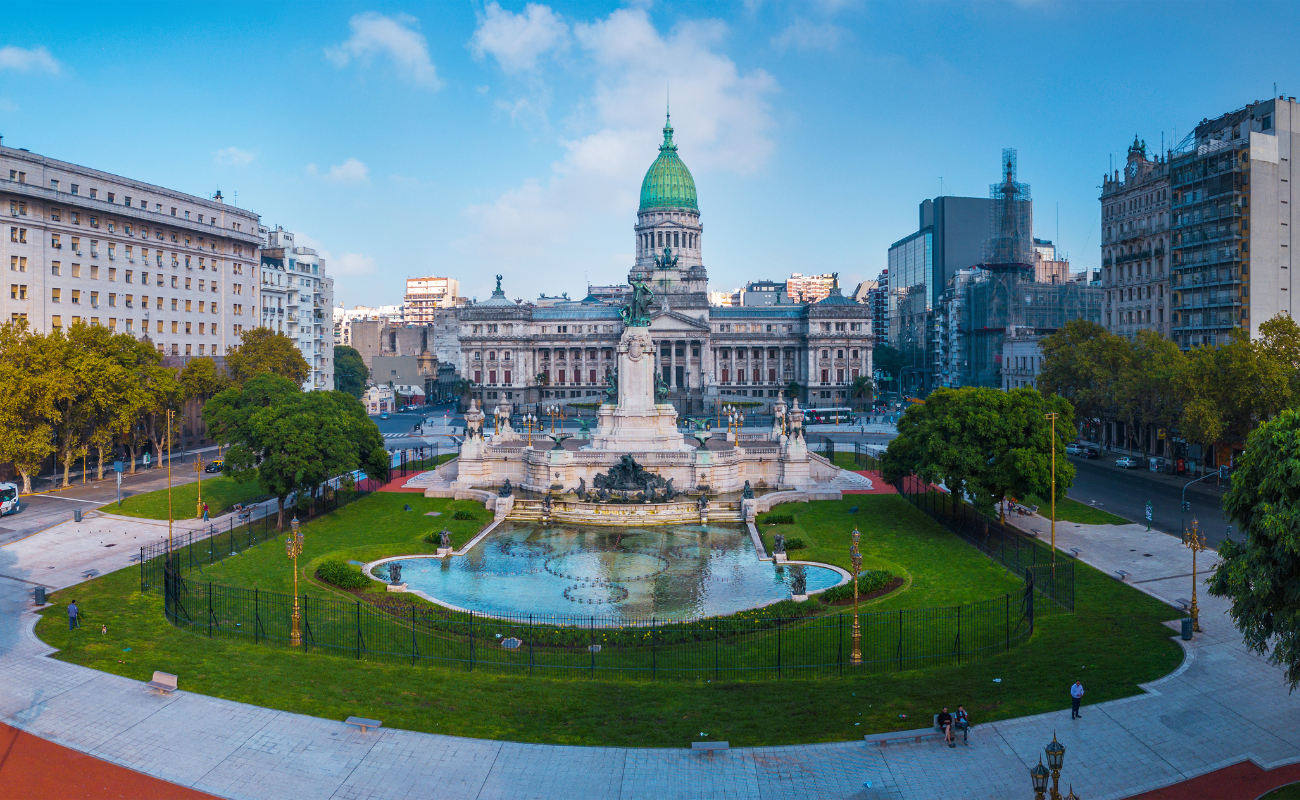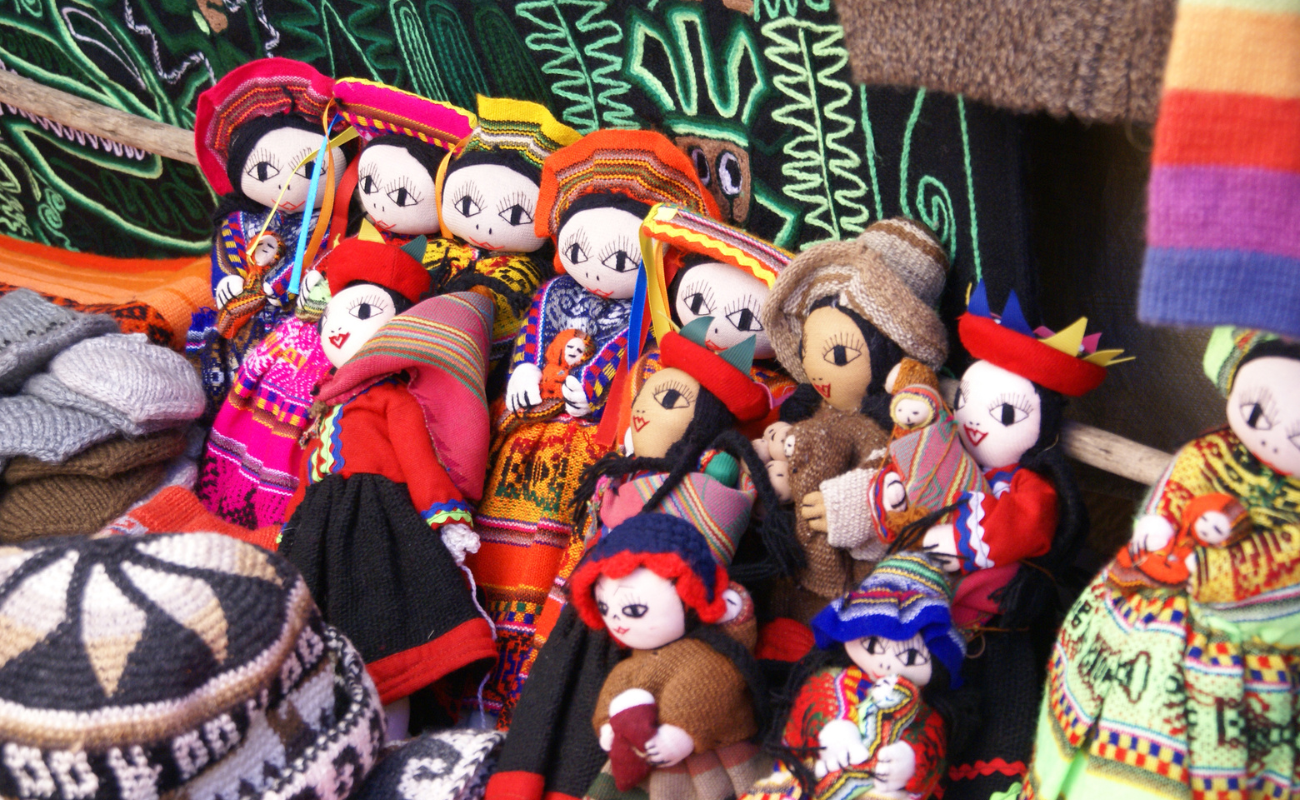Valencia, the capital of Carabobo State in Venezuela, is a vibrant city known for its industrial prowess, cultural significance, and historical importance. Nestled in the central region of the country, it is one of Venezuela’s largest cities and a key economic hub. Valencia is home to numerous factories, making it a center for manufacturing, particularly in the automotive and food processing industries. Beyond its industrial might, the city boasts a rich cultural heritage, with a blend of modern architecture, colonial landmarks, and lively festivals.
Surrounded by lush natural landscapes, including Lake Valencia and the nearby mountains, the city offers outdoor enthusiasts opportunities to explore Venezuela’s diverse environment. Visitors can experience the city’s historical roots through its many museums, plazas, and monuments, such as the famous Plaza Bolívar and the Museum of History and Anthropology. Valencia’s growing reputation as a culinary and shopping destination further enriches its appeal, making it a dynamic city that merges tradition and modernity. Whether you’re interested in history, industry, or the arts, Valencia offers a unique insight into the heart of Venezuela.
Book Flights to valencia
Best Time To Visit
sites to see
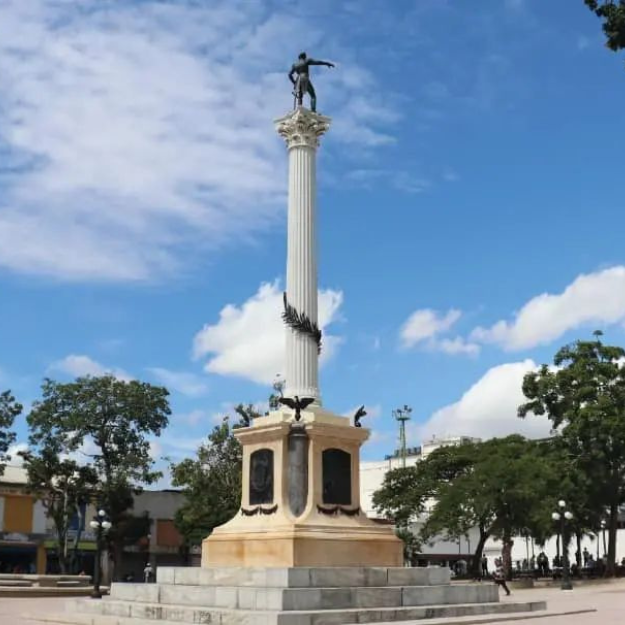
Plaza Bolívar
Plaza Bolívar is the heart of Valencia and one of its most iconic landmarks. This historic square is named after Simón Bolívar, the liberator of much of South America, and features a majestic bronze statue of him as its centerpiece. Surrounded by colonial architecture, including the city’s Cathedral and important government buildings, Plaza Bolívar offers a window into the city’s past. Visitors can enjoy leisurely strolls through the well-manicured gardens and soak in the local atmosphere. The square often serves as a gathering place for cultural events and celebrations, making it a vibrant spot for both locals and tourists alike. Its central location also makes it a great starting point for exploring the rest of the city.
Museum of History and Anthropology
The Museum of History and Anthropology (Museo de Historia y Antropología) in Valencia is a must-see for anyone interested in Venezuela’s rich cultural and historical heritage. Housed in a beautiful colonial building, the museum offers a comprehensive collection of artifacts, ranging from pre-Columbian pottery and indigenous art to colonial-era relics and documents from Venezuela’s fight for independence. The exhibits provide a fascinating journey through time, showcasing the diverse cultures that have shaped the region. It’s a great place to deepen your understanding of Venezuela’s history, as the museum’s displays are thoughtfully curated to highlight key events and societal developments. The museum’s central location also makes it easily accessible for visitors exploring Valencia’s cultural landmarks.
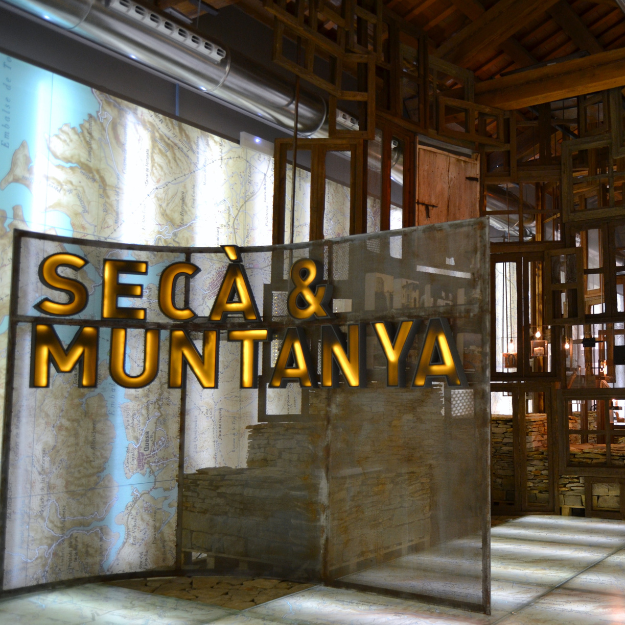

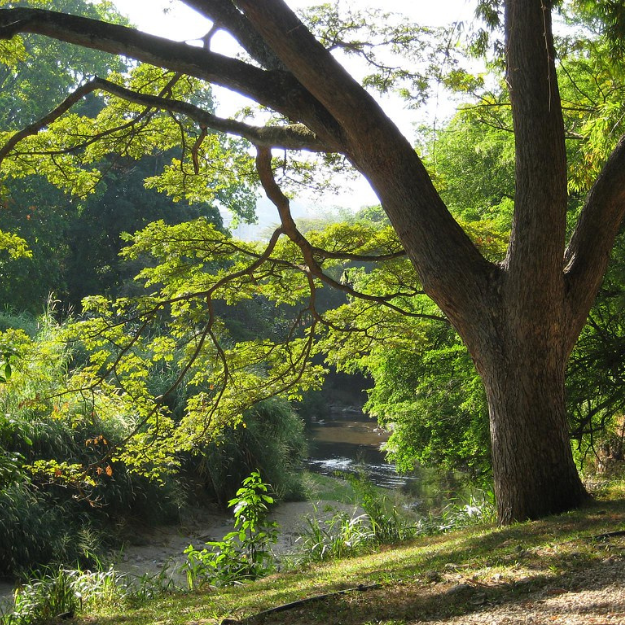
Fernando Peñalver Park
Fernando Peñalver Park is one of the largest and most beautiful green spaces in Valencia, offering a serene escape from the bustle of the city. Spanning more than 70 hectares, the park is an ideal destination for outdoor enthusiasts, families, and anyone looking to enjoy a peaceful day surrounded by nature. The park features walking and cycling trails, picnic areas, playgrounds, and a variety of sports facilities. One of its most striking features is the Monument of Peace, a large sculpture dedicated to promoting harmony. In addition to its natural beauty, the park hosts cultural events, concerts, and open-air exhibitions, making it a lively community space. With its expansive green lawns and tranquil lake, Fernando Peñalver Park is a perfect spot to relax, exercise, or enjoy a leisurely afternoon with friends and family.
Book Accommodation In valencia
How To get there
Valencia is well-connected to other parts of Venezuela and some international destinations. Here’s an overview of the common ways to reach the city:
1. By Air
Valencia has its own international airport, Arturo Michelena International Airport (VLN), which is located about 10 kilometers (6 miles) from the city center. The airport handles both domestic and limited international flights.
-
Domestic Flights: Valencia is easily accessible from major Venezuelan cities like Caracas, Maracaibo, and Puerto Ordaz via domestic airlines. Flights are relatively short, with Caracas being just a 30-45 minute flight away.
-
International Flights: While limited, some flights operate to destinations like Panama City and other regional hubs, which can be useful for international travelers connecting through larger airports.
Once at the airport, taxis or private transfers can take you to the city center in around 20 minutes.
2. By Bus
Valencia is connected to other Venezuelan cities through an extensive bus network. Long-distance buses are a common and affordable mode of transport for domestic travel. There are direct buses from Caracas, Maracay, Barquisimeto, and other cities to Valencia.
- From Caracas: Buses from the capital Caracas to Valencia run frequently and take about 2-3 hours, depending on traffic and road conditions. The Terminal Big Low Center, Valencia’s main bus terminal, is the arrival point for most intercity buses.
3. By Car
Valencia is accessible by road, and renting a car or hiring a private driver can be a convenient option, especially for travelers who want more flexibility.
-
From Caracas: The drive from Caracas to Valencia takes around 2-3 hours via the Autopista Regional del Centro (ARC), a major highway that connects the two cities. While the road is generally in good condition, it’s advisable to travel during daylight hours due to safety concerns.
-
From Maracay: Valencia is just 45 minutes to an hour from the nearby city of Maracay via the same highway, making it an easy day trip or stopover destination.
4. By Train (Limited Service)
While Venezuela has limited train services, there is a small rail network in development. However, for most travelers, trains are not a primary option for getting to Valencia.

